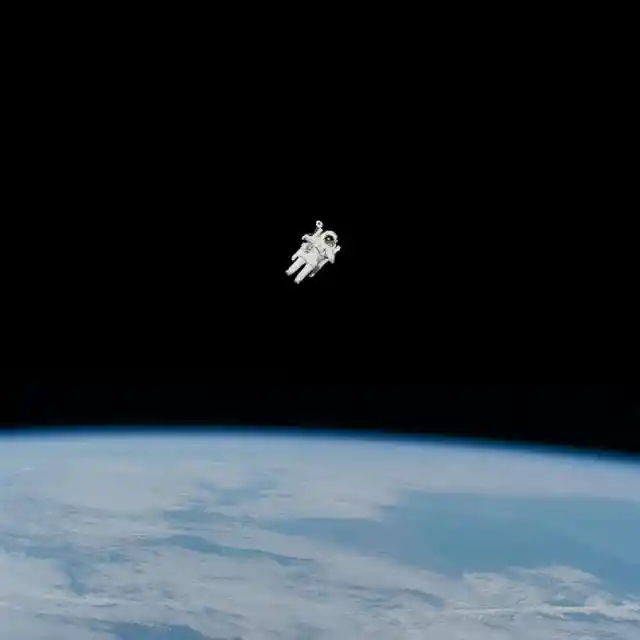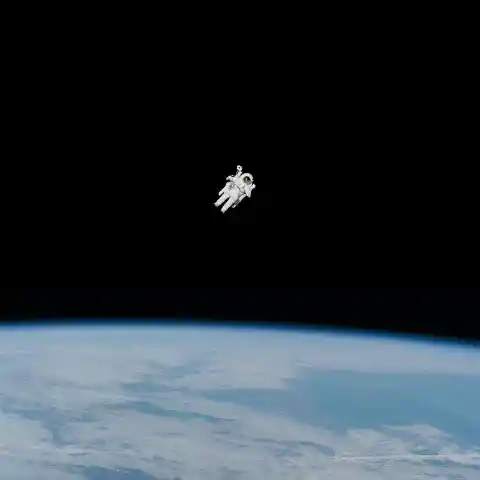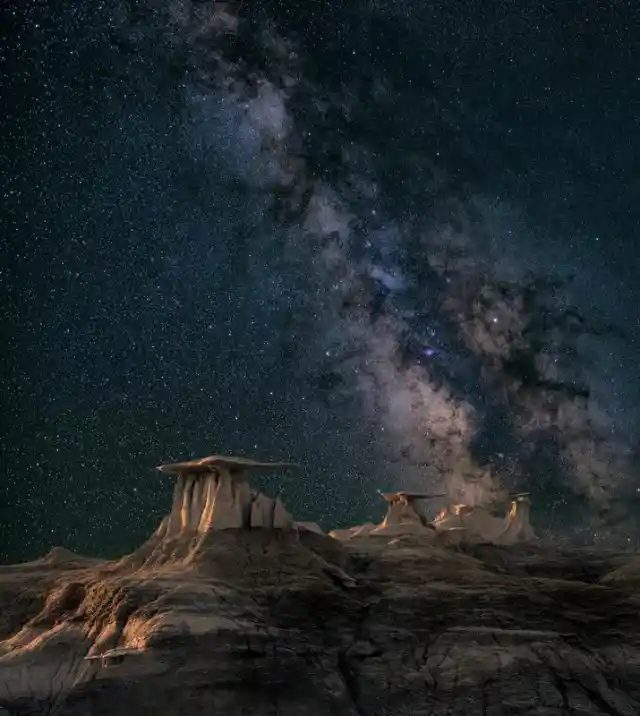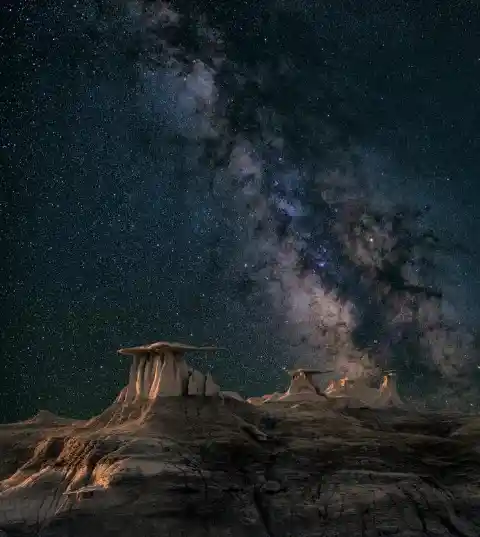Space is something that we will likely never truly understand. It is simply too diverse, too different, and too unique. However, as science continues to look closer, one thing has become apparent: our understanding of the universe is always changing. Things that we held as fact have since been overtaken or dismissed by new evidence and ideas which have come to light.
Here are just a few intriguing space facts that break the expected norms.


Volcanoes in space do not produce lava
When we think of a volcano, we think of something erupting and producing red hot, vicious lava. However, in space, a volcano going off would produce something different. It would likely be a mixture of methane, ammonia, water, or similar. This means that as soon as the ‘lava’ erupts, it freezes immediately which then turns to what scientists have termed ‘volcanic snow’ – this is common in places like Titan, the moon of Saturn.
Cold welding is a possibility in space
If you want to weld something on Earth, you need an incredible amount of heat. You need to melt one metal and then meld it with the other. In space, though, if two pieces of metal meet against one another they will fuse automatically. Their oxide layers vanish in space and the electrons from one metal to the next flow together as one. The result is an automatic fusing without the need for
specialist welding equipment.


Mars holds the largest source of water known to man
Mars might be seen as a dry planet, but in 2011 an astronomy team came across a vapor cloud on Mars. It was investigated further, and it turned out that the cloud held a stunning 140 trillion times the amount of water held on the oceans of Earth. This makes it both the largest source of water we have ever found and also the oldest: it was dated to be as old as 1.6 billion years in age!
Mars also has the largest valley ever found
Mars is also home to the largest valley that we have ever found. The valley, the Valles Marineris, is a whopping 4,000km long. By contrast, the Grand Canyon is around 400km in length. So, this would make this particular valley on Mars comfortably the largest that we have ever come across in terms of size alone.